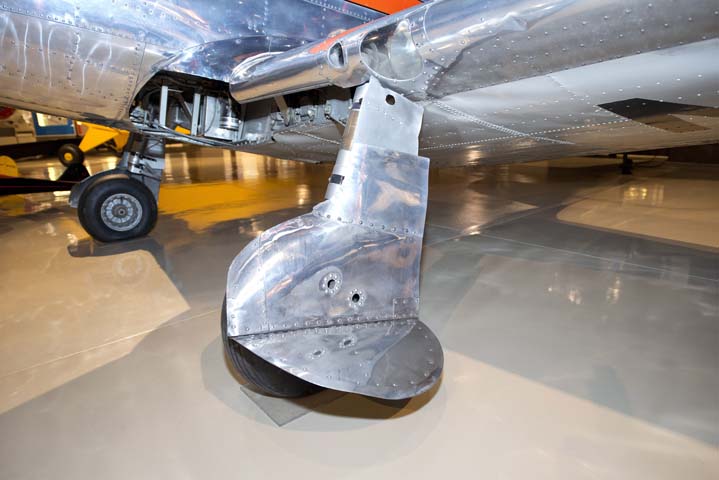1940 Harlow PJC-2 - N3947B
Location: Pioneer Airport
The Harlow PJC-2 is notable for being a certified aircraft built and tested by students at Pasadena Junior College - PJC - of California. Their instructor, Max Harlow, was an aeronautical engineer who had previously worked with Thaden Metal Aircraft Company, Bach Aircraft, Lockheed, and Kinner, where he was chief engineer on the Playboy, Sportwing, and Sepeedwing.
The prototype PJC-1 first flew in 1937, but was lost during spin testing. The PJC-2 was designed with limited aileron travel at full aft-stick to improve spin resistance. The airplane was all metal, and was one of the first in the U.S. to use a semi-monocoque structure. It also features electrically operated full retractable landing gear, which was all but unheard of on a general aviation airplanes at the time.
Of the 11 PJC-2s manufactured, four saw USAAF service and were given the designation UC-80. Ours, donated by David M. Boyd of Tulsa, Oklahoma, is one of the most original examples to survive.
Length: 23 feet 4 inches
Wingspan: 35 feet 10 inches
Height: 7 feet 3 inches
Gross Weight: 2,294 pounds
Empty Weight: 1,661 pounds
Fuel Capacity: 34 gallons
Seats: 4
Powerplant: Warner SS165 Super Scarab
Horsepower: 165 hp
Maximum Speed: 160 mph
Cruise Speed: 140 mph





